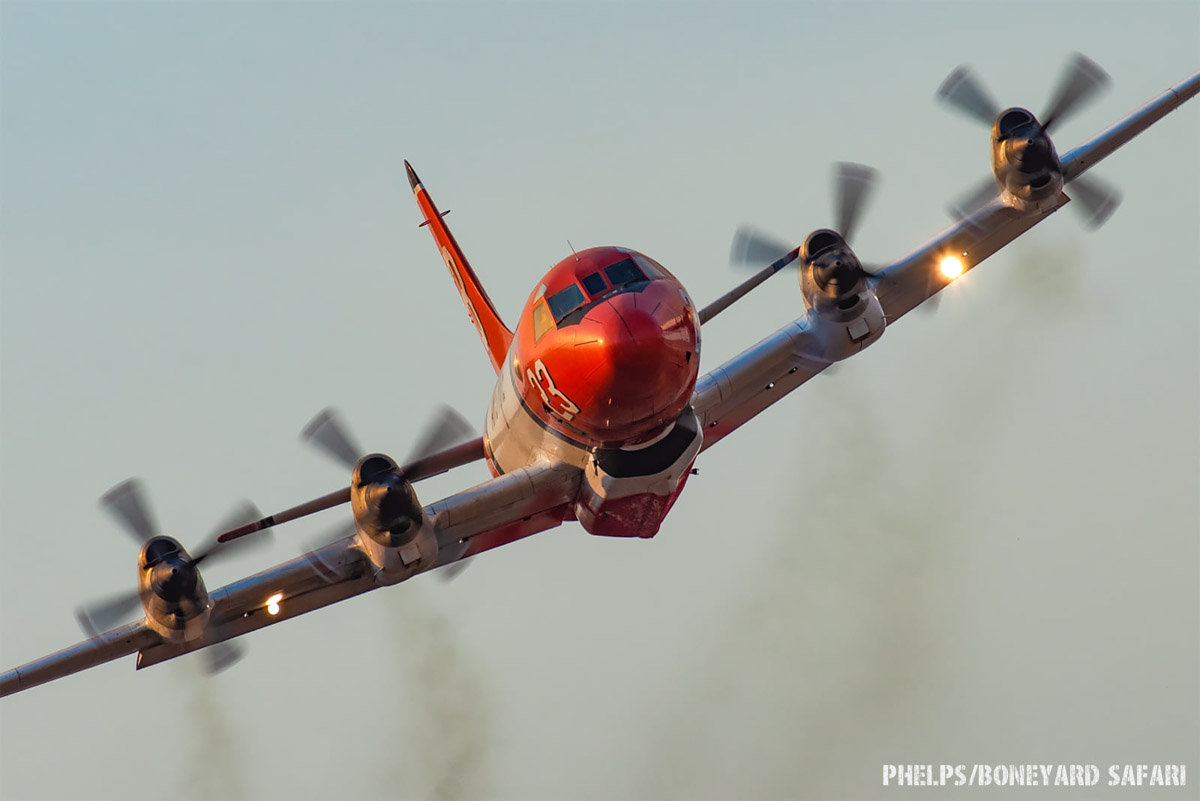
Dylan Phelps sent us these photos that he captured at various Northern California airports in the first part of September as our firefighters were going up against one of the most vicious wildfire seasons on record.
Thanks Dylan!
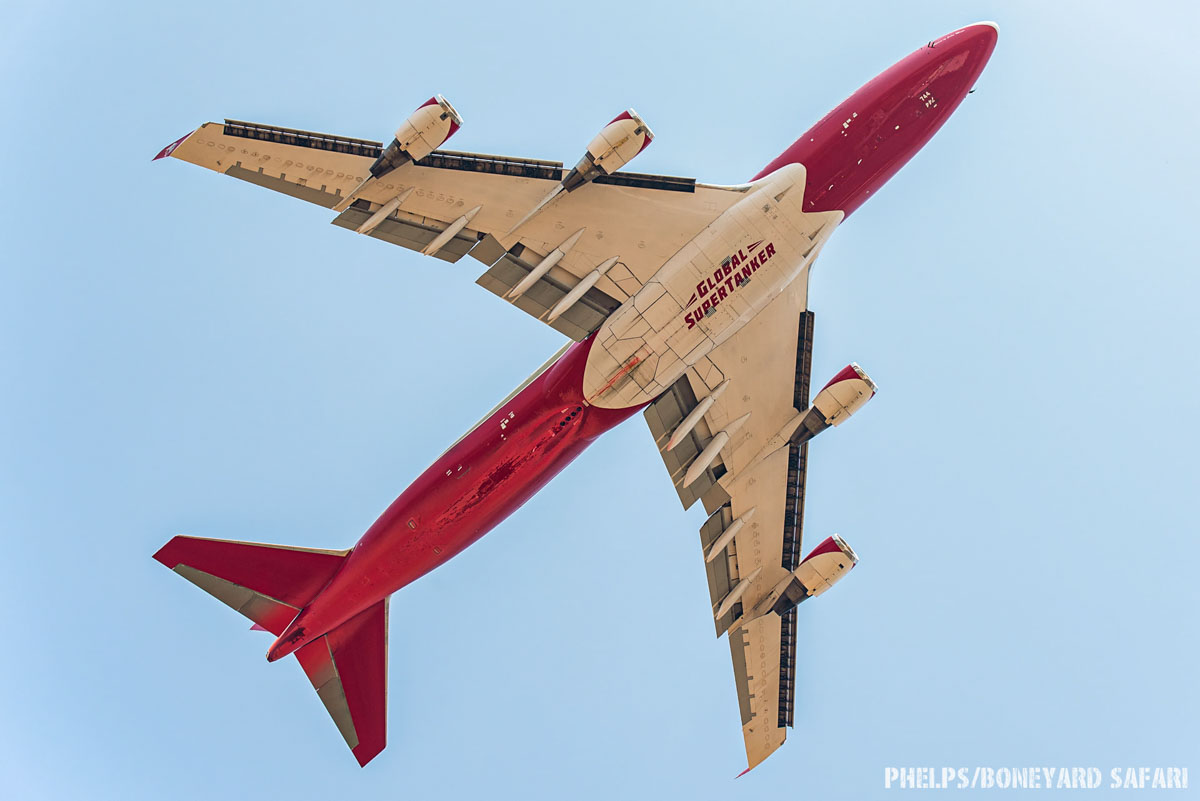



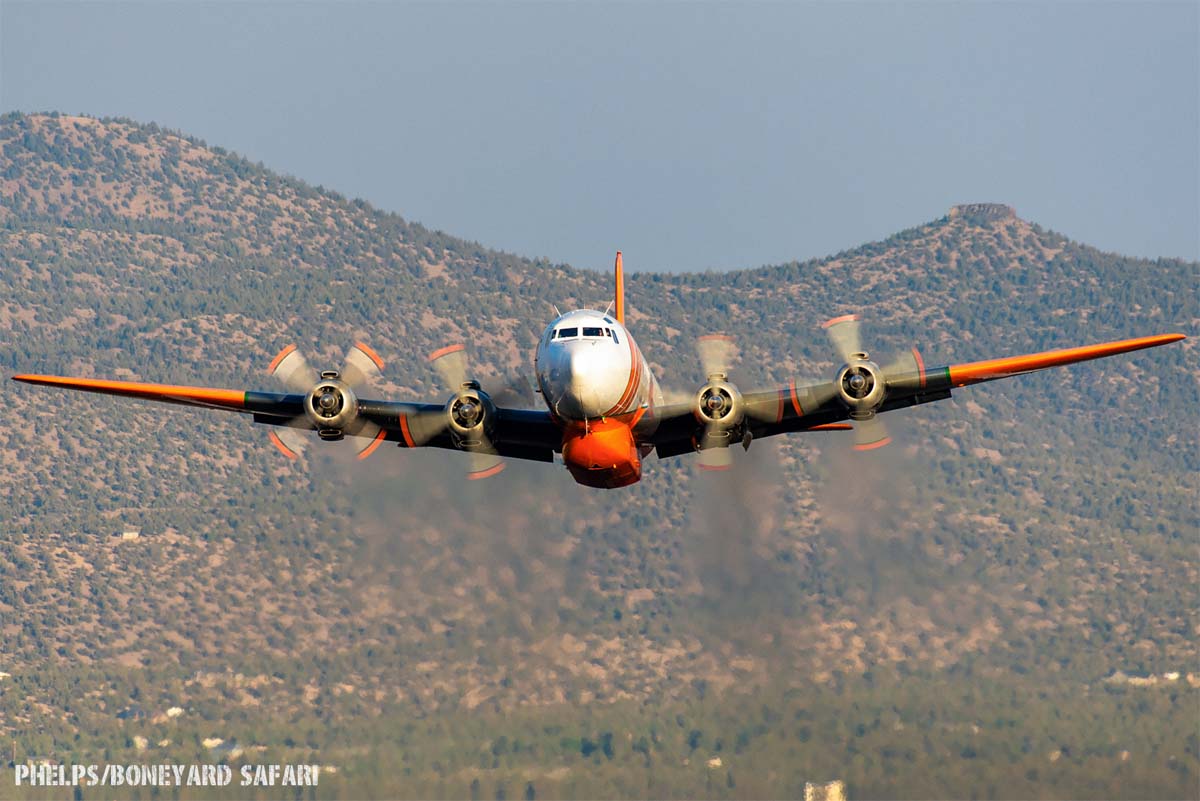


Dylan Phelps sent us these photos that he captured at various Northern California airports in the first part of September as our firefighters were going up against one of the most vicious wildfire seasons on record.
Thanks Dylan!






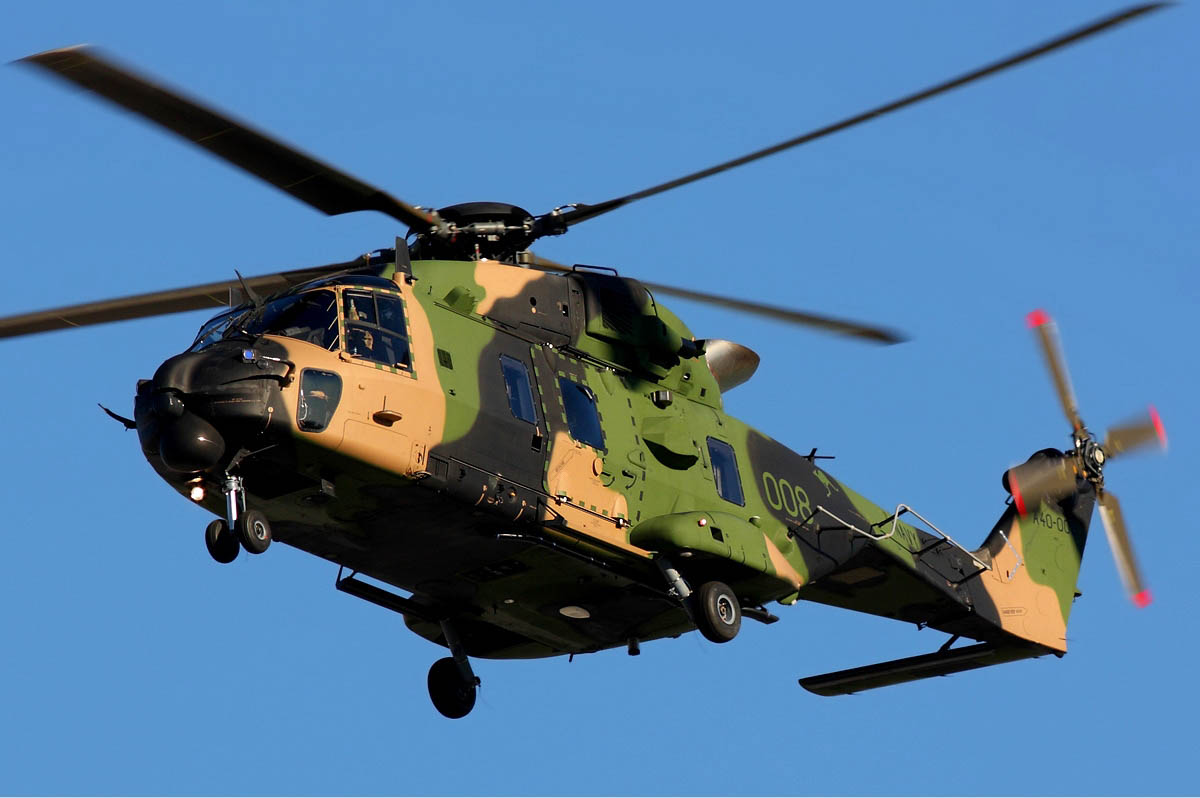
(This article first appeared on Wildfire Today)
Several bushfires in the Australian Capital Territory (ACT) have kept firefighters busy in recent days. The Department of Defense admitted that one of the fires two weeks ago was caused by heat from a landing light on an MRH-90 Helicopter. It burned within a kilometer of Tharwa, a suburb south of Canberra.
From the Australian Broadcasting Corporation:
“The fire started during routine aerial reconnaissance and ground clearance work being conducted in the area in support of our local firefighters and authorities,” Emergency Services Minister Mick Gentleman said on behalf of the Department of Defense.
Lieutenant General Greg Bilton said the helicopter was using the lights to help it land in smoky conditions, but the heat set a fire that grew rapidly and damaged the aircraft. He said defense was investigating the issue but operating procedures would be changed so that the landing lights were not used in extreme conditions.
It is reportedly the first time a fire has been started by a helicopter landing light.
Smoke from another fire in the ACT that shut down the Canberra Airport for a while was caused by beekeepers checking hives. The fire started January 22 and for several hours threatened homes and businesses.
From the ABC:
The Beard fire jumped the Molonglo River on Thursday and came close to the suburbs of Beard, Harman and Oaks Estate. It also merged with a second fire on Kallaroo Road, which began in the same suburb of Pialligo earlier in the day.
The combined fire reached 424 hectares in size and was at emergency alert level for much of the afternoon, but by 9:00pm was down to 379 hectares.
The hives are part of a national honey bee surveillance program that regularly checks for the arrival of exotic pests that might threaten Australia’s bee population.That process uses smokers to calm the bees so the hives can be inspected, which requires lighting fuels to generate the smoke. The hives are maintained on behalf of the ACT Government by Canberra Region Beekeepers — the program is usually run through state agriculture departments in other jurisdictions.
Air tankers based in Richmond, New South Wales have been busy recently. Between January 26 and 31 a DC-10, Tanker 911, flew 22 missions, while T-137, a 737, flew 12. Their destinations were in or near the ACT and in southern NSW.
Tanker 131, a C-130Q based in Avalon, Victoria completed several missions north of Melbourne and along the Victoria/NSW border.
A DC-10 has been activated to assist with bushfires in Australia

Late Wednesday night Air Tanker 911, a DC-10, was over the Pacific Ocean on the way to Australia when it had to return to its base in Albuquerque due to a problem with a radio. About 50 minutes after departing from San Bernardino the pilots discovered that the High Frequency radio used on long range international flights was not working, even though it appeared to have passed earlier tests on the ground. There had been no need for the HF radio on T-911 since its last international assignment approximately seven years ago.
The Very Large Air Tanker, which can carry up to 9,400 gallons of water or retardant, has been ordered by Australia’s National Aerial Firefighting Centre (NAFC) on an Enhanced Call When Needed (EWCN) contract to assist firefighters in the country who are dealing with large numbers of devastating bushfires which have destroyed over 100 homes.
After the flight crew turned the huge aircraft around they landed in San Bernardino and then flew to 10 Tanker’s base in Albuquerque. John Gould, President of 10 Tanker, said technicians found the coaxial cable that connects the radio to the antenna on the tail was not attached. It was just laying by the radio. After connecting it the radio worked fine. Mr. Gould said that even if an antenna is not connected to a radio, if testing equipment is close enough it can receive a signal from the radio.
Mr. Gould said that after resting, the crew will depart again from Albuquerque, with planned stops in Santa Maria (Calif.), Honolulu, Pago Pago, and should arrive at RAAF Richmond, New South Wales (map) Saturday morning Australia time.
Normally the DC-10 operates with a three-person crew, two pilots and a flight engineer. On this flight they will carry a total of five, with an additional pilot and flight engineer to allow resting and crew changes while en route.
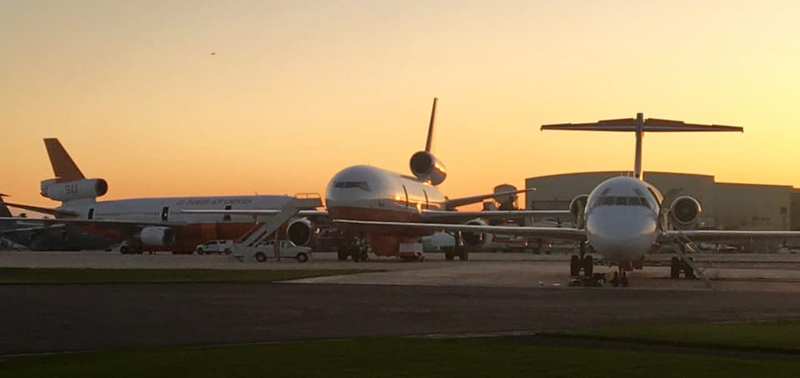
These photos and the text below are from RK SMithley who was the Captain on Air Tanker 911 while the DC-10 (and many other aircraft) were assisting firefighters on the 9,412-acre Maria Fire east of Ventura, California by dropping 9,400 gallons of retardant on each sortie. He starts off by describing the photo above.
“Sunset comes to the San Bernardino Air Tanker Base 11/01/19, after a fairly busy day of fire operations on the Maria Fire at Santa Paula, CA. At right in the loading pit is our T914, which concluded its duty and is released by the USFS off contract with T911 at left, which continues active service. Both ships, along with T910 worked the Maria this date and 910 recovered to Santa Maria where she continues active duty. T914 will be flying the SBD Fest airshow at San Bernardino with two demonstration water drops both Saturday (about 2:30) and Sunday (about 11:00) so come on out and see her perform. T912 has concluded service with Cal Fire and will reposition back home from the Cal Fire Air Tanker Reload Base at Sacramento-McClellan Airport to ABQ this morning. Incidentally, that’s Erickson T107,
a Douglas MD-87, on the right. Their T105 also operated from SBD on the Maria Fire with us as well as Aeroflite T167 and a whole host of other large tankers from other bases in SoCal. The Maria Fire was pretty much out after being pounded by all the air tankers and helicopters today, with fixed-wing air ops starting shortly after daybreak.”
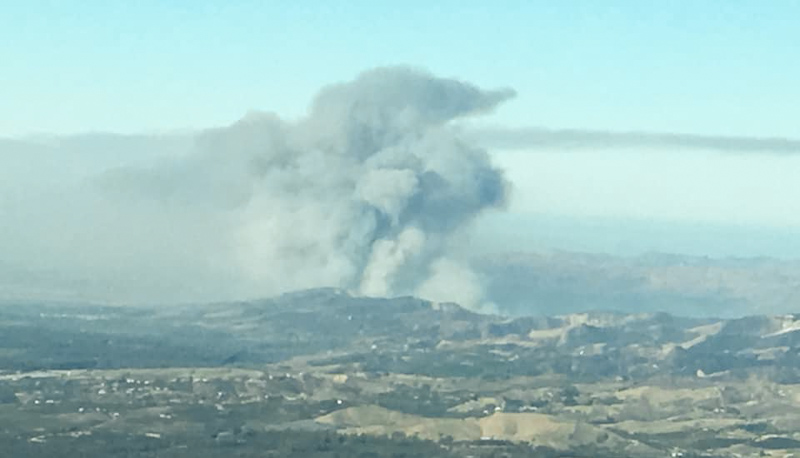
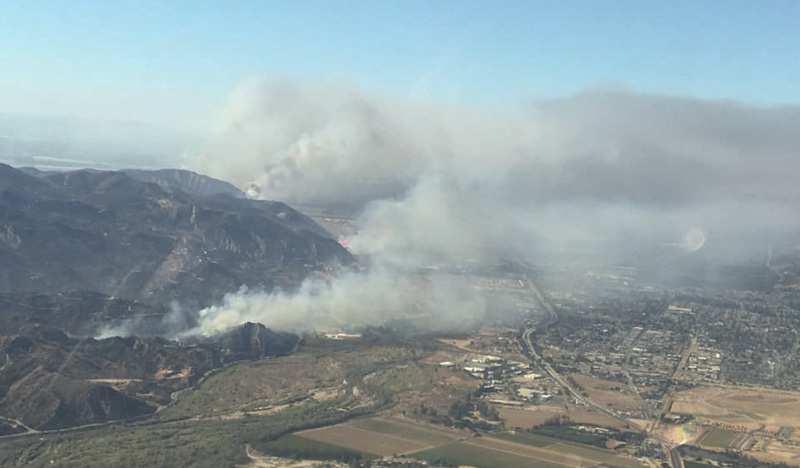
(The tweet below of the DC-10 working the Maria Fire are obviously not from Mr. Smithley)
A giant sized firefighter helps battle the Maria fire in Ventura County. The DC-10 is making a drop on a flareup near Santa Paula Friday afternoon #mariafire#santapaula#moorpark @CountyVentura pic.twitter.com/kPlQF836G6
— LANCE OROZCO (@KCLUNEWS) November 2, 2019
And, from our archives:

The fire may burn from Nevada into Idaho
(This article was first published at Wildfire Today)
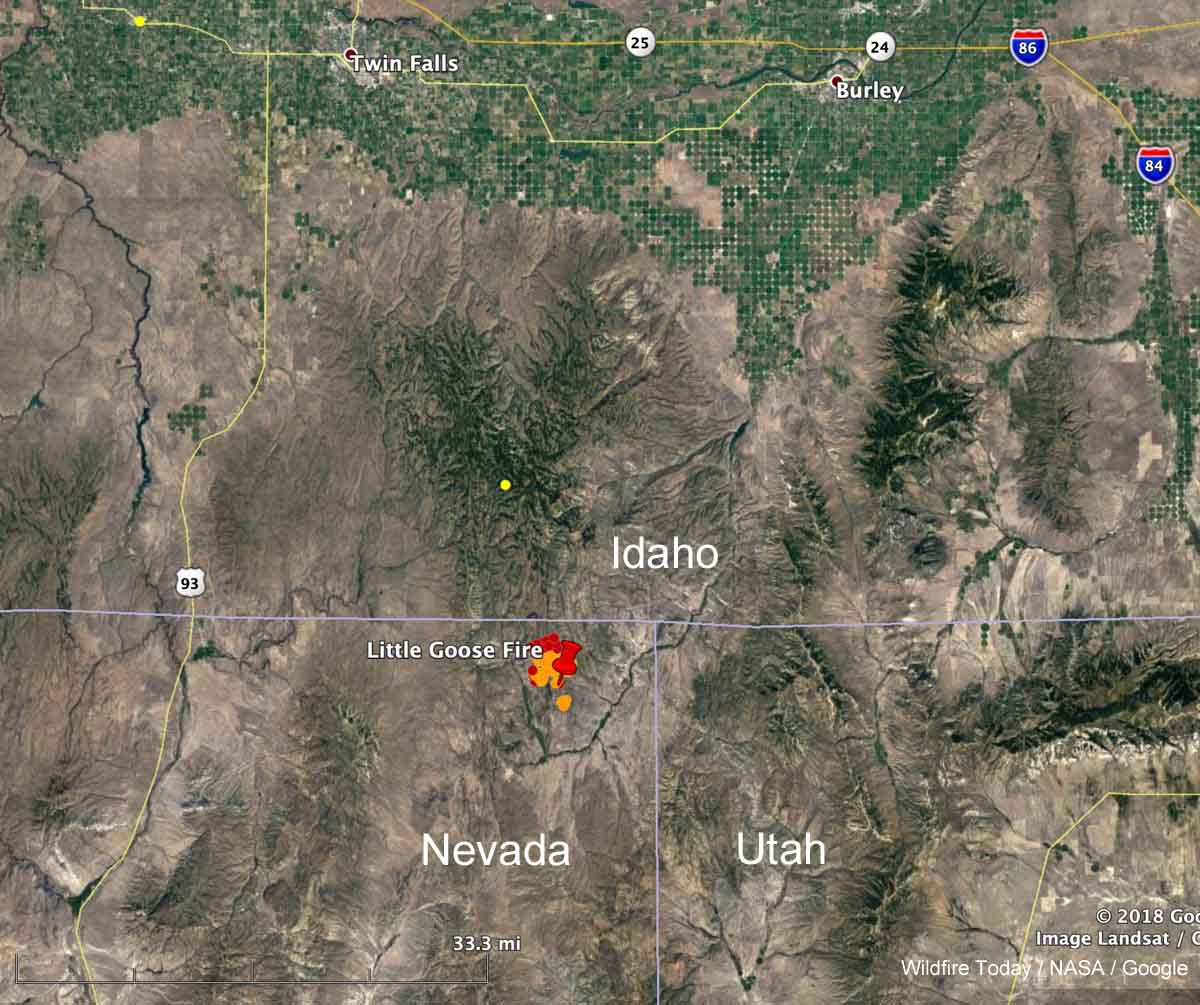
A fire that was reported at 6:23 p.m. Sunday August 4 in the Northeast corner of Nevada has been burning vigorously on Monday. Heat detected by a satellite at 1:36 p.m. (see map above) showed it to be moving north and had spread to within a mile of the Nevada/Idaho border. In later satellite photos it appeared to have approached the border and was generating pyrocumulus clouds. By the time you read this there is a good chance it will have burned into Idaho.
The BLM reported at about 6 p.m. Monday that it was a full suppression fire and had burned 3,500 acres.
At various times it was called “Goose Fire” and “Little Goose Fire”. Just plain “Goose Fire” seemed to be winning out by late Monday afternoon.
As anticipated, fire plumes are becoming evident on satellite this afternoon. This one is the Goose or Little Goose right on the border of Nevada/Idaho. #idfire pic.twitter.com/sjdJICsq3x
— NWS Pocatello (@NWSPocatello) August 5, 2019
At about 4:40 p.m. MDT FlightRadar showed four single engine air tankers from Twin Falls and Tanker 911, a DC-10 from Pocatello, flying in the vicinity of the Goose Fire. A NOAA research Twin Otter also showed up, flying a grid pattern — NOAA46 (N46RF), that was most likely analyzing the atmosphere over the fire. NOAA has a fleet of nine aircraft that conduct airborne environmental data gathering missions. Later after the first NOAA Twin Otter departed, another NOAA Twin Otter was over the fire, NOAA48.
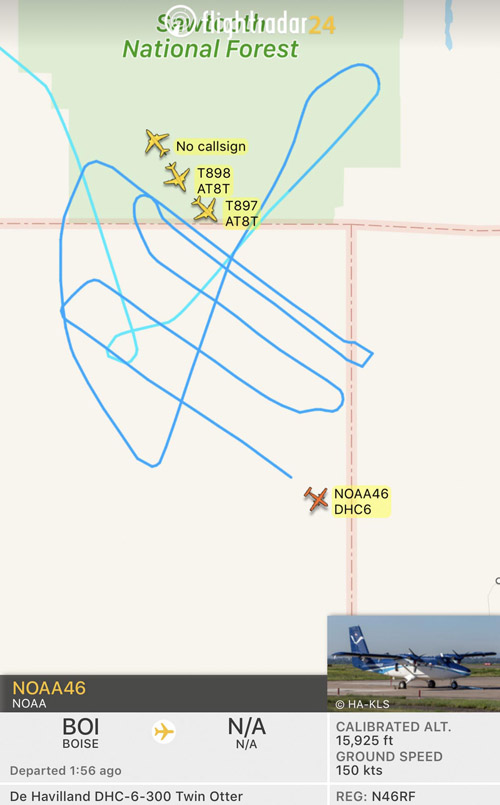

On May 3 after the IAWF Fire Behavior and Fuels Conference I stopped by the headquarters of 10 Tanker Air Carrier at the Albuquerque airport. Not long ago the company moved into roomier facilities at the airport and it looks like they are settled into the new digs.
The company has four DC-10-30 Very Large Air Tankers (VLATs) now fully operational. The last one to be added to the fleet, Tanker 914, began service in 2018, joining Tankers 910, 911, and 912. T-910, the first DC-10 to be converted into an air tanker was originally a DC-10-10. In 2015 it was replaced with a DC-10-30 and now all four of the company’s aircraft are the same model, DC-10-30. The’30 series has more powerful engines and a much higher maximum take-off weight (MTOW) — 572,000 pounds which is far more than the earlier model.
When we were there one of the aircraft, T-912, had just left to start its exclusive use contract, and T-914 was going to depart in a few days to be based, for a while anyway, at Mesa, Arizona.
Two of the DC-10s spent much of February fighting fire in Chile. The original order called for just one, but on the first day at work in the country a tire failed in spectacular fashion, sending rubber shrapnel into one of the flaps, creating three holes. It took several days to fix it, working with the FAA and bringing mechanics with sheet metal expertise from the United States. John Gould, President and CEO of 10 Tanker, said the company told CONAF, the National Forest Corporation that handles wildland firefighting in Chile, that they could send a replacement DC-10 while the repairs were made. The CONAF representative said, in effect, You have more DC-10s? Bring another and we will use it along with the first one during the fire season. So a second was dispatched and they were based at opposite ends of the long, narrow country.
The Goodyear tire failed on its eighth landing — which obviously is very unusual.
In the gallery below, mouse-over the photos below and a caption will appear. Click on a photo to begin a slide show of LARGE images, with the caption then at upper-left.
Mr. Gould said fully loaded the DC-10 VLATs weigh 405,000 pounds with a full load of retardant and 2.5 hours of fuel and 9,400 gallons of retardant, which gives the pilots a 167,000-pound margin when maneuvering for a retardant drop, compared to if it was loaded to MTOW.
The DC-10 operates with a crew of three, two pilots and a flight engineer who monitors the aircraft systems and inputs the specifications for the retardant drop.
The aircraft has five retardant tanks, three holding 2,700 to 4,000 gallons each, and two smaller fairing tanks at the front and rear. The fairing tanks are no longer used, which gives the VLAT a 9,400-gallon capacity.
En route to a fire it cruises at 340 knots, but when returning to reload it bumps the speed up to 380 knots. It drops retardant at 200 to 300 feet above the ground at 150 knots.
The first drop over a fire by a DC-10, Tanker 910, was on July 16, 2006 after being awarded a Call When Needed contract by the California Department of Forestry and Fire Protection, CAL FIRE.
Each DC-10 is followed by a support crew of seven maintenance technicians equipped with a four-door pickup and goose-neck trailer carrying spare parts and equipment.
And, a 737 air tanker
Above: T-911, a DC-10, at McClellan October 13, 2017, by Sergio Maraschin.
Sergio Maraschin sent us these photos that he took of DC-10 air tankers at Sacramento McClellan Airport in 2017.
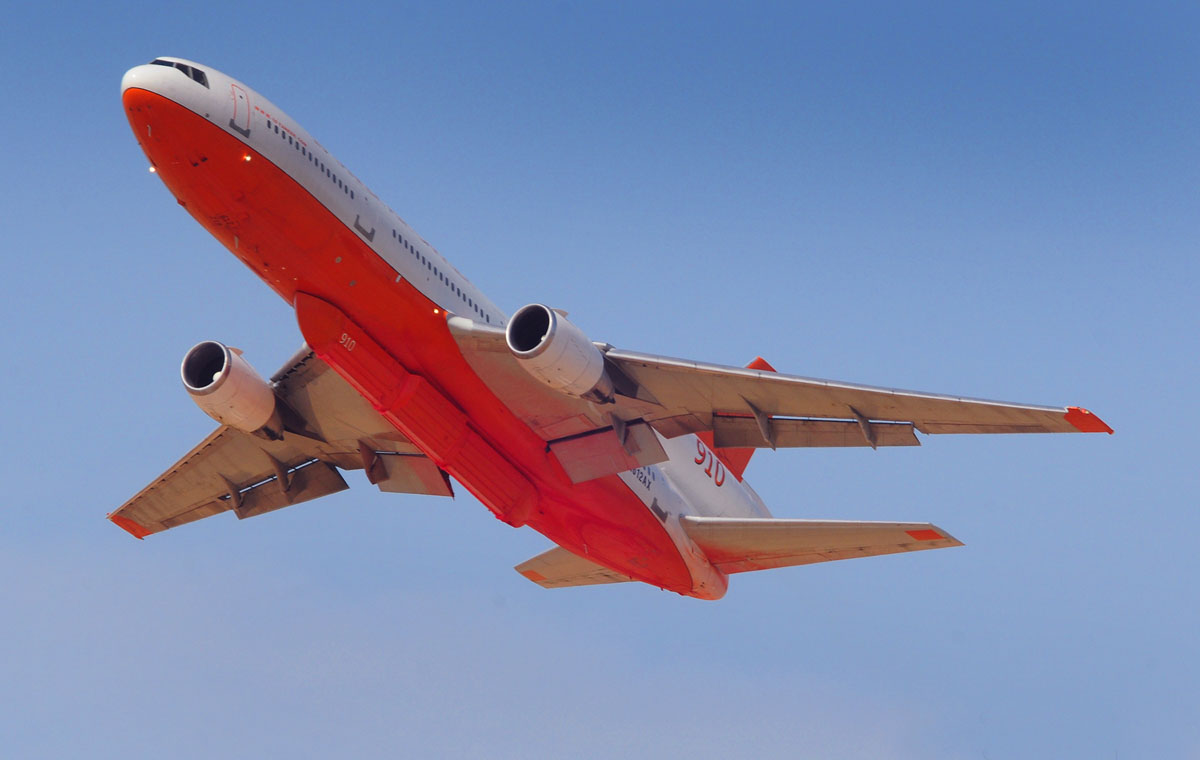
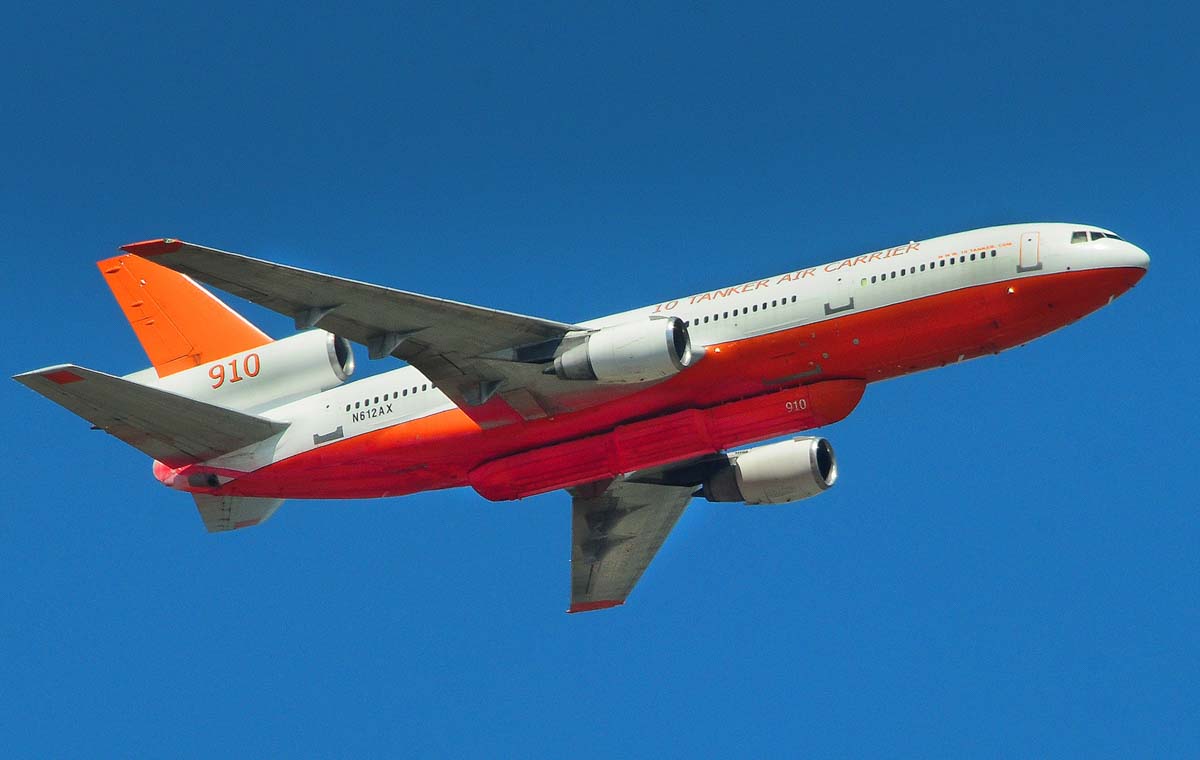
Thanks Sergio!
****
UPDATED at 11:40 MT February 16, 2018.
A person who prefers that we not disclose their name sent us this photo of one of Coulson’s freshly painted 737 air tankers at McClellan.

John L. Ames of the Florence Fire Department took this photo of Air Tanker 911, a DC-10, dropping on the Lolo Peak Fire south of Missoula near Florence, Montana August 19, 2017.
Mr. Ames said it made several drops along with numerous other air tankers and helicopters.
Since the fire started on July 15 it has spread across 27,000 acres. About 9,000 of those acres burned Friday, August 18.
Wildfire Today has more information about the fire.